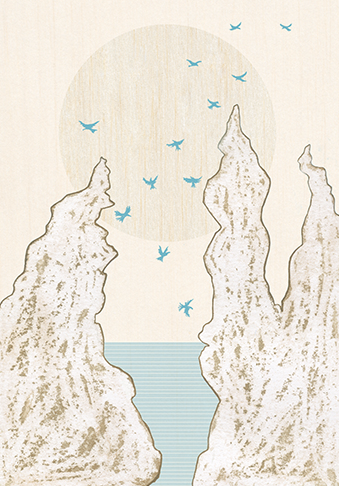Artists as truth-seekers
Focusing on agency and seekership in the study of art and occulture
Keywords:
fin-de-siécle art, esotericism, occultism, seekership, seekers, sociology of religion, Akseli Gallen-Kallela, new age, spirituality, occultureAbstract
This article focuses on the concept of the seeker and considers how the analytical tool of seekership, defined and developed in the sociology of religion, could be applied to the study of art and esotericism. The theoretical argument is made more tangible with the example of the Finnish artist Akseli Gallen-Kallela (1865–1931), whose life story, art and writings resonate with the concept of seekership. The ways in which Gallen-Kallela writes about his interest in esotericism and the dawn of the new age appear in a new light; as part of the processes of a spiritualisation of modern art and religiosity. In addition, the article points out that the concept of seekership can offer new possibilities more generally for the study of art and esotericism. Utilising the analytical tool of seekership may be especially helpful regarding those artists who did not subscribe to any esoteric movement or doctrine, but stressed a more individual relationship with the occulture of their time. It will also provide an opportunity to outline how the connections between art and esotericism have changed over different times and places.

Published
How to Cite
Copyright (c) 2021 Nina Kokkinen

This work is licensed under a Creative Commons Attribution 4.0 International License.









